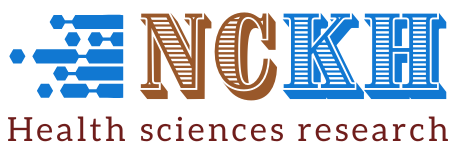
Tình trạng COVID-19 kéo dài và các yếu tố liên quan biểu hiện đa dạng và ảnh hưởng đến sức khỏe tinh thần, thể chất của người bệnh sau nhiễm COVID-19 cấp ở nhiều mức độ khác nhau. Nhu cầu hỗ trợ của người bệnh cần được đánh giá đúng mức nhằm giúp người bệnh hồi phục và tái hòa nhập xã hội và công việc. Mục tiêu: Mô tả đặc điểm lâm sàng, cận lâm sàng COVID-19 kéo dài, yếu tố liên quan và khảo sát nhu cầu hỗ trợ điều trị của người bệnh sau nhiễm COVID-19 cấp. Đối tượng và phương pháp nghiên cứu: Nghiên cứu mô tả cắt ngang tiến hành ở 667 bệnh nhân ≥ 16 tuổi có tình trạng COVID-19 kéo dài đến khám tại Phòng khám Hậu COVID-19, Bệnh viện Trường Đại học Y Dược Cần Thơ.
Long COVID-19 and related issues have different characteristics and affect the physical, mental health of COVID-19 patients with various degrees. Supportive care needs rightly assessment to help with recovery, both in work and social rehabilitation. Objectives: Describe clinical, para-clinical characteristics of long COVID-19, related issues and the need for supportive care of patients after COVID-19 acute infections. Materials and methods: cross-section descriptive analysis of 667 patients from 16 years of age, presented at Long COVID-19 clinic, CTUMP Hospital with long COVID-19 symptoms. Results: general characteristics of the population: mean age was 40.8 ± 16.5 years, male-female ratio was 2:1. Comorbidities were mainly hypertension (12.7%), diabetes (2.4%) and chronic pulmonary diseases (3.3%). There were 3.5% of the patients did not receive vaccinations, 0.7% received one shot, 21.3% two shots, 70.3% three shots and 3.7% with four shots. Mean time to negative testing was 8.3 ± 3.8 days. Mean time with symptoms was 9.4 ± 10.8 days. Common long COVID-19 symptoms were cough (67.9%), fever (58.9%), headache (20.6%), muscle pain (20.8%), sore throat (48.1%), runny nose (30.1%), nose congestion (16.5%), loss of smell (21.6%), chest pain (4.9%), breathlessness (16.3%), insomnia (8.1%), stomachache (2.2%), diarrhea (5.5%). 5.4% of the patients were admitted in a hospital, patients with rehabilitation need and outpatient management took up 2.5% and 12.0% respectively.
- Đăng nhập để gửi ý kiến
